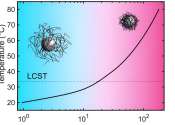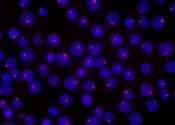Seeing beyond the invisible: Scientists find formula to uncover our planet’s past and help predict its future
(PhysOrg.com) -- Studies of climate evolution and the ecology of past-times are often hampered by lost information - lost variables needed to complete the picture have been long thought untraceable but scientists have created ...









